
Miscarriage can trigger post-traumatic stress disorder
 Image copyrightNICOLE MARTIN
Image copyrightNICOLE MARTINWomen who have recently had a miscarriage are at risk of developing post-traumatic stress disorder, doctors at Imperial College London have said.
At their early pregnancy loss clinic, a third of the women have PTSD symptoms.
Nicole Martin had three miscarriages in a year, her “dark days”.
“Everyone thinks because you’ve already got a child it’s easier. In a lot of respects it definitely is easier than not having a child, but I wanted another child for [my child’s] sake.”
Nicole and her husband, Ben, started trying for their second child just after their first, Eva, had turned one.
“I was 38 years old and fully aware of the risks associated with having children a bit later in life,” she says.
“It took me longer than expected to fall pregnant, and when I did I felt very anxious because many of my friends had suffered at least one miscarriage.”
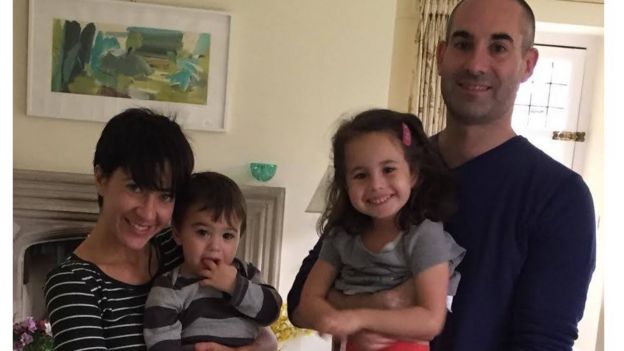 Image copyrightNICOLE MARTIN
Image copyrightNICOLE MARTINShe was carrying twins, but both died – one at five weeks and the other seven weeks into the pregnancy.
Nicole had to have an operation under general anaesthetic to treat the miscarriage.
Although shell-shocked by the experience, Ben and Nicole continued to try for a baby.
Two months later, Nicole was pregnant, but had another miscarriage at seven weeks.
“The scan showed there was no heartbeat,” she says.
“We had to have medical management this time.
“You get given a tablet which breaks down the lining of your womb and you just get sent home to miscarry.
“It’s really not pleasant.
“It’s your baby, and you have to flush it down the loo.
“It’s horrendous.”

Pregnancy loss and PTSD
Post-traumatic stress disorder can develop after a very stressful, frightening or distressing event, or a prolonged traumatic experience.
As many as one in four pregnancies is thought to end in a miscarriage – loss of a pregnancy during the first 23 weeks.
An ectopic pregnancy is when a fertilised egg implants itself outside of the womb, usually in one of the fallopian tubes.
It is not possible to save the pregnancy. It usually has to be removed using medicine or an operation.

Her subsequent third miscarriage a few months later left her a nervous wreck.
“I was a mess,” she says.
“Everywhere I went mothers were asking me, ‘When are you going to have another child?’
“I never ask a woman now about whether she’s having babies, or having a second baby, because you never know their story.”
Nicole says she nearly gave up all hope.
 Image copyright THINKSTOCK
Image copyright THINKSTOCK“I found it just unbelievably cruel,” she says.
“I remember phoning my consultant who was great.
“I said, ‘Just tell me what I should do.’
“I really wanted someone from the medical profession to say, ‘Just give up.'”
Instead, the consultant told Nicole to keep trying if she had the emotional strength because there was still a good chance she would be able to have a healthy baby.
Two months later – just after Nicole’s 40th birthday – she was pregnant with her son, Joseph, who is now nearly two years old.
“I still worry a lot, and I’m having cognitive behavioural therapy to help me cope with that,” she says.
“Even though we have two beautiful children, I still feel anxious to this day because I can’t quite believe it’s all over.
“I feel that something’s going to spoil our lovely family unit because it was such a struggle getting there.”
Dr Jessica Farren, who carried out the BMJ Open study on nearly 90 women attending the pregnancy clinic at Imperial College London for a suspected miscarriage or ectopic pregnancy, says although only a minority might have full-blown PTSD, many will suffer from moderate-to-severe anxiety.
“It’s the tip of the iceberg really,” he says.
“There will be a huge number of women who would still benefit from some support. But the NHS isn’t geared up for it.
“Once we’ve looked after these women clinically and discharged them, there’s no real opportunity to check how they are coping emotionally.”
After a healthy pregnancy, all women get screened for depression at their six-week check. But following a miscarriage, there are no routine emotional checks.
Dr Farren and her colleagues are studying more women at their clinic to see if they can better spot those that will need the most support.
In the meantime, they say help is out there if you know where to look.
“There are some really good charities and organisations that can offer counselling, and your GP is a good place to start if you want some help accessing support,” says Dr Farren.
Source: http://www.bbc.com/news/health-37833287



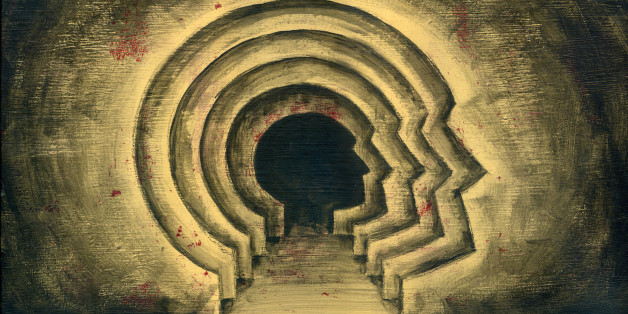

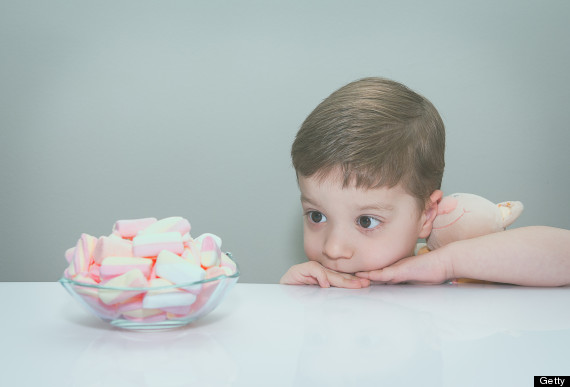
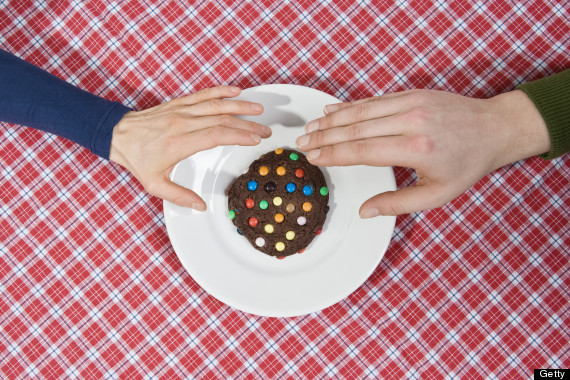


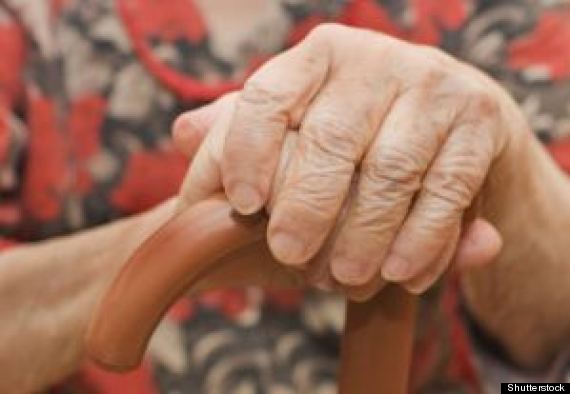
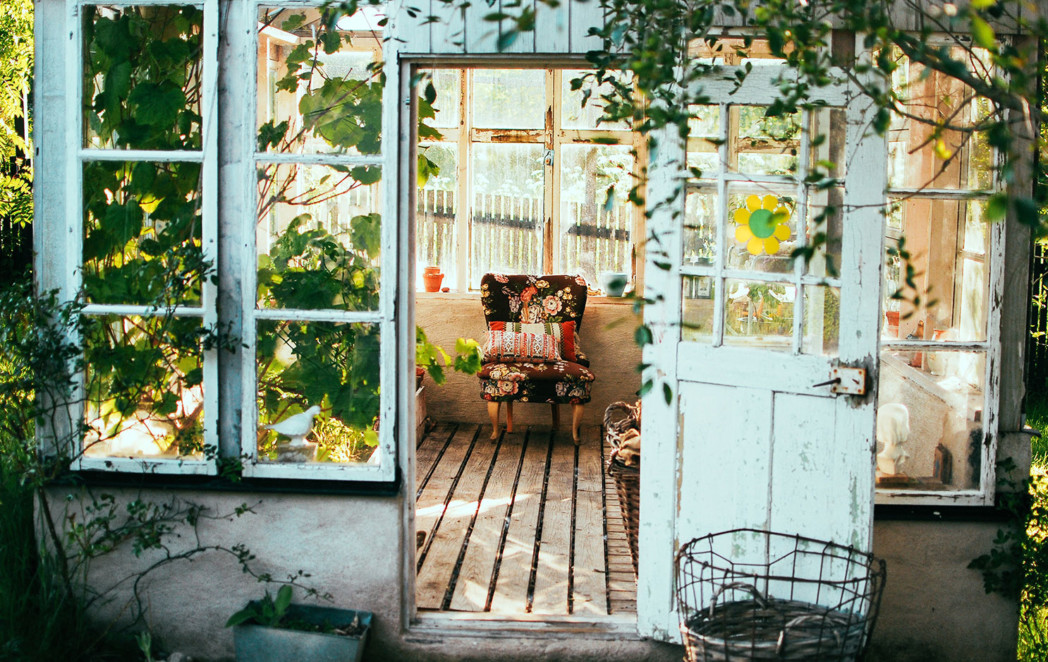







Death and taxes, as the saying goes, are the only certainties in life. So why then is one of these things still so hard to talk about? Not taxes, that’s just zzzzz, but death. Always death.
As inevitable as dying may be, talking about mortality remains taboo. How strange this is when it affects us all – not just our own deaths of course, but those of our loved ones, as shown by Prince Harry’s recent admission that he regrets not talking sooner about how his mother’s death affected him.
Harry was 12 when Diana, Princess of Wales, died. At 31, he was hosting an event at Kensington Palace for the mental health charity Heads Together when he admitted that he only began opening up about her sudden death three years ago. That’s a lot of years of sweeping a defining life event under the carpet.
I was 10 when my mother, Jane, died in 1985. And it has taken me all this time to open up about it. Last year, I wrote a piece for the Guardian’s A Moment that Changed Me series about her death. I had recently started a new relationship, and my boyfriend asked me what had happened. I realised I had never really talked about it before, and that I needed to.
The piece struck a chord. In the first few days alone it had more than 225,000 views online. I had comments from readers all over the world – and not just in the comments thread beneath the piece, but from strangers who tracked me down via social media.
Even now, a year later, people I know vaguely come up to me and say they have read the piece, and that they were moved, or that they too have been bereaved. Maybe it was their father, their sister or their friend – but they have been bereft, broken and lost, and they too have rebuilt themselves, and their lives. The message is clear – this is a universal feeling.
And even if you have never been bereaved, have rarely contemplated your own mortality or that of your nearest and dearest, talking about death can be liberating. An old school friend got in touch after I wrote the article. To think that I was going through all of that at school, she said. She didn’t have an inkling. How could she? My new life had begun and I was not to look back on my old one. This was the message that resonated throughout the rest of my childhood.
After my mother’s death, I was looked after by a friend of hers, who had three older children – two were young adults, aged 20 and 18. They didn’t understand how a 10-year-old could be grieving. On the first Mother’s Day that rolled around – less than four months after she died – they pressured me into giving my new foster mother a card. “She’s done a lot for you,” they said. How could I possibly say this woman wasn’t my mother? That I had but one mother, and that she was dead. I was a shy child. I kept my mouth shut and handed over a card. They did not mean to be cruel. They were protective of their own mother. And I am sure they genuinely did not know how I was feeling, or think to talk to me about it.
I understand. Talking to a child who has lost a parent is particularly difficult, and heartbreaking. But bereaved children are not rare. The charity Child Bereavement UK estimates that 23,600 parents of children under 18 die every year, and that one in 29 children has lost a parent or a sibling – that’s one child in every class.
There’s a mistaken idea that children forget, and that they adapt. Yes children can be resilient and adaptable – as can adults. But children grieve. We need to acknowledge this, and learn how to talk about death.
It has taken me 30 years to realise that my story isn’t over – and that talking about my mother’s death doesn’t mean I am stuck in the past, but that I am moving forward. I have started writing about her more, and about the multifaceted aspects of bereavement. And because of this opening up, not only have strangers been in touch, but also people who knew my mother. I have even met some of them – a moving, strange and surreal experience. So I will continue to talk about death, to open up, to throw off my Britishness, because it feels right. And you should too.